Unlocking Boutique Success: The Power of Fashion Shows
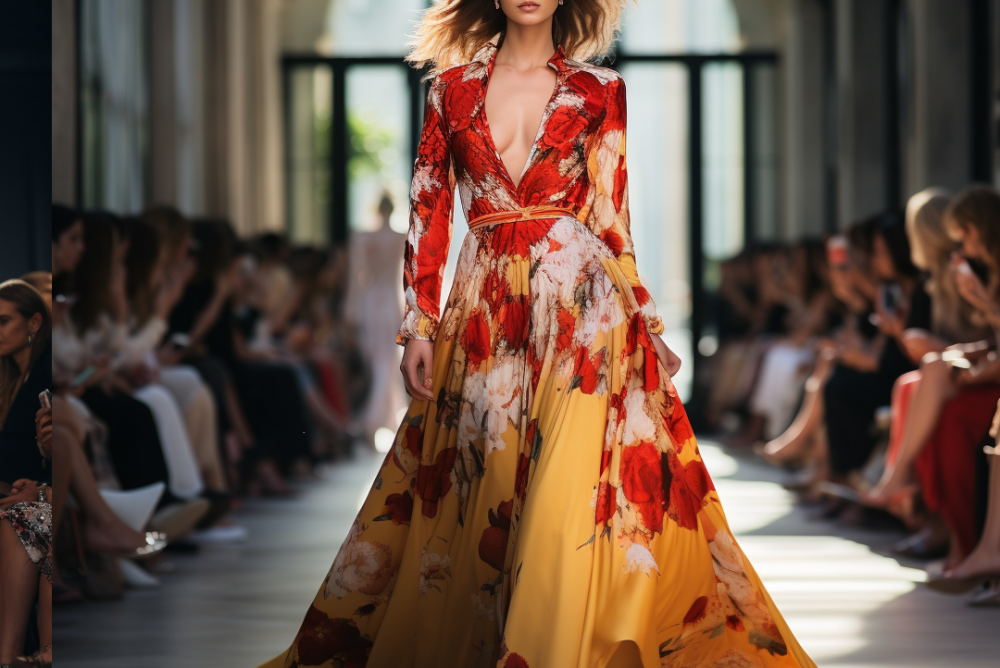
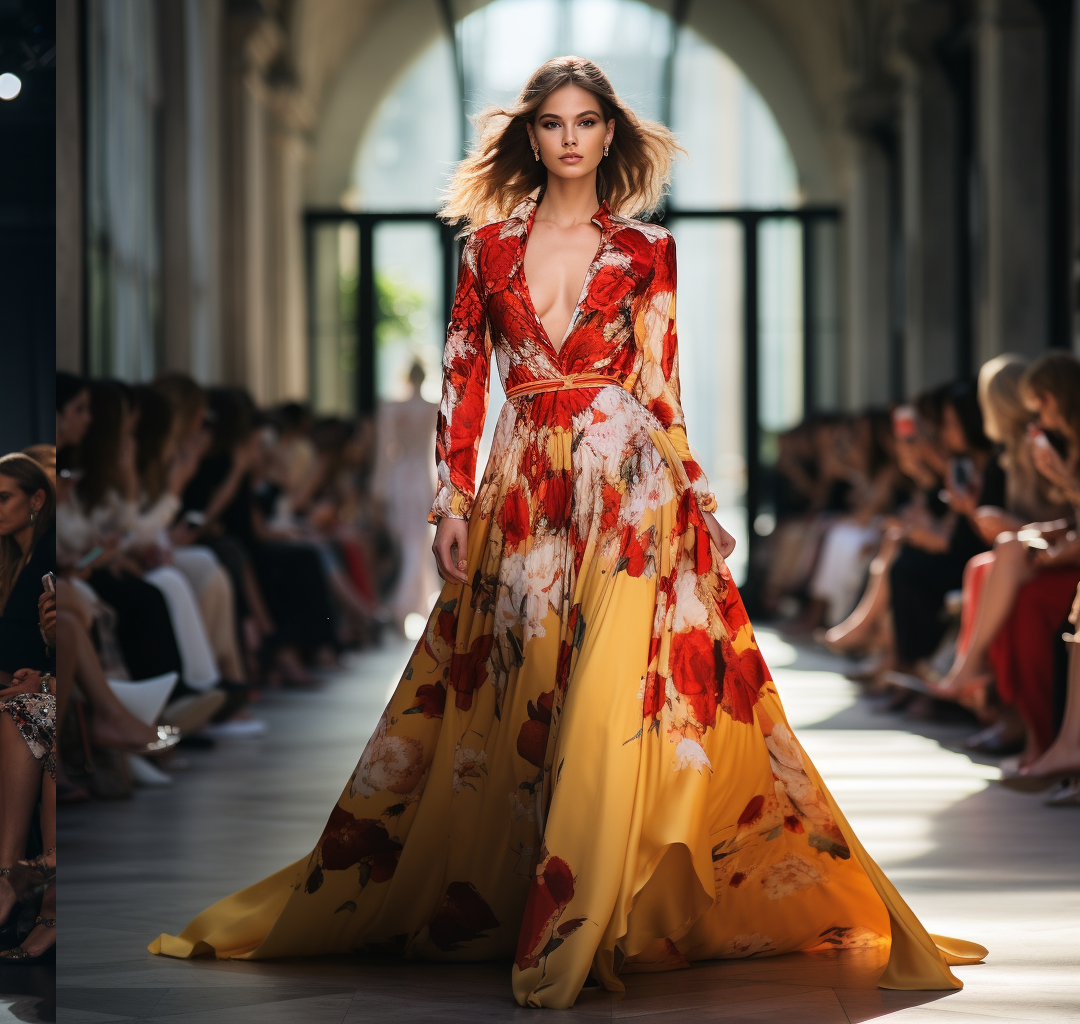
Entering the boutique business blends artistic vision with entrepreneurial spirit. You’ve likely spent countless hours selecting just the right items, and dreaming of fashion trends that will make customers' hearts skip a beat. Yet, as a boutique owner, have you considered that stepping outside your shop and into the glitzy world of fashion shows could dramatically elevate your game?
Fashion shows are not merely a display of glamorous ensembles and avant-garde designs; they're an educational goldmine for boutique owners. From trend forecasting to networking with industry heavyweights, attending these shows can offer insights that are not easily gleaned from fashion magazines or social media feeds. This article delves into why taking a front-row seat at fashion shows could be the game-changer you've been waiting for. We'll look at what you can learn, how you can apply it to your boutique, and how doing so enhances your business acumen.
So, whether you're a seasoned boutique owner or a budding entrepreneur in the fashion industry, read on. You might discover that the ticket to a fashion show is an investment in a more successful, more profitable boutique.
The Basics: What is a Fashion Show?
Fashion shows: a spectacle of lights, an orchestra of fabrics, and a parade of models. The allure is unmistakable, but have you ever paused to consider what lies at the core of this spectacle? Knowing the "why" and "how" behind these events can add another layer to your boutique owner's toolkit.
What Are Fashion Shows Designed For?
Contrary to popular belief, fashion shows are not merely aesthetic exhibitions. They serve as promotional events, brand-building platforms, and market research opportunities rolled into one. Designers showcase their latest collections, while retailers and buyers—including boutique owners like you—assess what will make the cut for next season.
The Anatomy of a Fashion Show
A typical fashion show comprises several key elements:
- The Collection: The heart of the show. Composed of a series of looks, each created to convey a particular theme or idea.
- The Runway: More than just a walking path for models; it's a stage that sets the mood and tone of the designer's vision.
- The Audience: An eclectic mix of industry professionals, journalists, celebrities, and, increasingly, the general public. Each group offers different opportunities for networking and learning.
- Backstage: A bustling area where the magic comes together. From makeup artists to wardrobe coordinators, each person plays a vital role.
Why Should Boutique Owners Care?
As a boutique owner, understanding these elements can significantly impact your business. The collection informs you about upcoming trends, the runway teaches you about presentation, the audience provides networking opportunities, and the backstage activities give you an insider’s look into the industry. We'll delve deeper into each of these elements and their importance to your boutique in the following chapters.
The Learning Curve: Direct Takeaways for Boutique Owners
The glitz and glamour of a fashion show may seem worlds apart from the day-to-day operations of running a boutique. However, when looked at closely, these runways can serve as classrooms for any boutique owner committed to growth and excellence. Here are some key areas where you'll gain valuable insights.
Trend Forecasting
The fashion industry moves fast. What’s in vogue today may be passé tomorrow. One of the most tangible benefits of attending fashion shows is getting an early look at trends before they hit mainstream markets.
- Color Schemes: Designers often lead the way in adopting new color palettes. A recurring color across different shows is a sign of a trend in the making.
- Patterns and Textures: From floral motifs to animal prints, fashion shows are where new ideas debut. Identifying these can set your boutique ahead of the curve.
Networking Opportunities
Fashion shows are melting pots of industry insiders—from designers and suppliers to journalists and influencers.
- Building Vendor Relationships: As a boutique owner, connecting with potential suppliers can give you a competitive edge in stocking unique and sought-after items.
- Collaborations: Meet influencers and fashion bloggers who can significantly amplify your brand's reach through social media.
Understanding the Competition
Fashion shows often attract other retailers and boutique owners. Observing what they are interested in can give you an idea of what your competition might look like in the upcoming season.
- Scoping Audience Reactions: The crowd’s reaction to a specific collection or piece can be an invaluable cue for what will be hot—or not—in the market.
- Competitive Analysis: Take note of what other boutique owners are paying attention to. Are they snapping pictures of the same items you found appealing?
The Intangibles: Psychological and Emotional Benefits
In the fast-paced world of fashion retail, it's easy to get lost in numbers, inventory, and sales targets. However, inspiration, creativity, and a sense of community can be just as pivotal for long-term success. Fashion shows can offer these intangible yet invaluable benefits.
Inspiration and Creativity
Fashion shows are an explosion of creative genius—from the designs to the ambiance, from the models' choreography to the intricacies of each garment.
- Idea Generation: Being exposed to such an array of creativity can spark ideas for your boutique's in-store displays, window setups, or even exclusive collections.
- Breaking Creative Blocks: If you've hit a wall with future plans or layouts, the designs and concepts showcased can help you think outside the box.
Appreciation for Craftsmanship
Designers often use fashion shows to push boundaries, presenting elaborate garments that may not be commercially viable but are works of art.
- Quality Over Quantity: This focus on craftsmanship can inspire you to source higher-quality pieces for your boutique, thereby elevating your brand.
- Narrative and Branding: Understanding the story behind a collection can aid you in crafting compelling narratives around the products in your boutique.
Industry Belongingness
Being a part of an event like a fashion show can evoke a strong sense of community and belonging within the industry.
- Emotional Resilience: The shared experiences and challenges discussed among peers can offer emotional support and encouragement.
- Shared Wisdom: Engaging in conversations with industry veterans can offer insights that no article or how-to guide can provide.
Making the Most of Fashion Shows
If you're convinced that fashion shows are a must-attend, the next step is understanding how to get the most value out of them. Preparation is key, as is a thoughtful post-show analysis.
What to Look For
- Emerging Designers: Established names grab headlines, but emerging designers often present groundbreaking ideas that can differentiate your boutique.
- Sustainable Fashion: With increasing awareness about sustainability, consider focusing on designers who incorporate eco-friendly practices.
- Cultural Trends: Global influences can offer unique selling points for your boutique, such as incorporating boho-chic or Asian-inspired collections.
How to Prepare
- Research: Know the designers who will be presenting and the themes they will focus on. This will help you identify what aligns with your boutique’s brand.
- Checklist: Make a list of what you’re hoping to gain, whether it’s contacts, ideas, or specific types of apparel.
- Tech-Ready: Have your smartphone or tablet fully charged for taking quick photos or notes.
Post-show Analysis
- Review Notes and Photos: Once the glitz has settled, review your notes and photos. Look for recurring themes or standout items.
- Follow-up: Send out polite and professional emails to the contacts you made. A quick thank-you can go a long way in establishing a strong network.
- Implementation Plan: Based on what you’ve learned, create a roadmap for the next steps. This could range from changes in your purchasing strategy to an overhaul of your store layout.
Real-life Case Studies: Success Stories
Sometimes the best way to understand the benefits of a practice is to look at real-world examples. In this chapter, we’ll delve into a couple of case studies that highlight how attending fashion shows can substantially enhance a boutique business.
Case Study 1: Trend Adoption and Inventory Management
Boutique: The Trendy Loft, San Francisco
Owner: Sarah Williams
Sarah attended a New York fashion show where bohemian styles caught her eye. She promptly adjusted her inventory to include more of these elements, such as fringed bags and maxi dresses. Within a month, her sales grew by 20%, attributing much of it to her early adoption of the trend.
Case Study 2: Networking to Business Expansion
Boutique: Chic Nook, London
Owner: Emily Davis
Emily, a boutique owner in London, met a supplier of handmade Italian leather bags at a fashion show in Milan. After incorporating these bags into her boutique, she not only saw an increase in sales but also elevated her boutique's brand perception.
Case Study 3: From Attendance to Collaboration
Boutique: Urban Couture, Sydney
Owner: Adam Thompson
Adam attended a local fashion show featuring emerging designers. Impressed by one particular designer, he approached them for a potential collaboration. The capsule collection they created was a hit, selling out within the first week and garnering media attention.
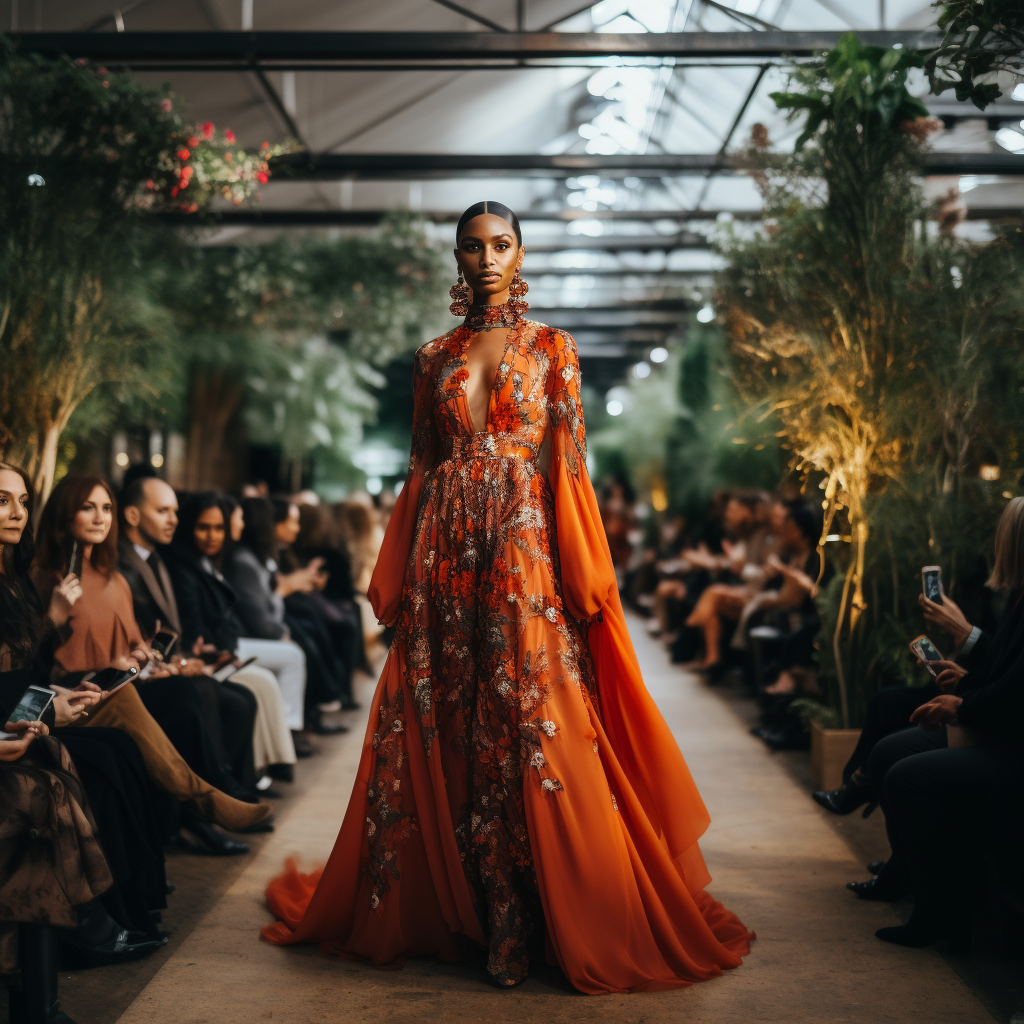
Conclusion: The Road Ahead for Boutique Owners
The dynamic landscape of fashion retail is a challenge that every boutique owner faces. Staying updated, innovative, and competitive is crucial. In this realm, fashion shows can serve as invaluable experiences that offer far more than a visual feast of fabrics and designs.
Final Takeaways
- Insight into Trends: Attending fashion shows grants you a first-hand look into upcoming trends, offering a critical edge in a competitive marketplace.
- Networking: The connections you make can be as valuable as the collections you see, offering opportunities for business growth, partnerships, and brand elevation.
- Learning Experience: Every aspect of a fashion show, from the runway to backstage, provides learning opportunities that can be translated into practical strategies for your boutique.
- Inspiration and Emotional Fulfillment: Beyond tangible benefits, fashion shows offer a reservoir of creative inspiration and a sense of community that can be invigorating for boutique owners.
Actionable Steps
- Plan Ahead: Research upcoming fashion events, set objectives, and prepare adequately to maximize the experience.
- Engage Actively: Take notes, ask questions, and participate in discussions. Your active engagement will yield richer rewards.
- Post-Event Follow-up: Whether it’s sending a thank-you email to a new contact or reevaluating your inventory, the real work begins once the show is over. Make it count.
Closing Thoughts
Fashion shows are not just elaborate events but dynamic platforms that offer an array of benefits for boutique owners. They can be the catalyst for taking your boutique to the next level, provided you approach them with preparation, intent, and an open mind.
So the next time you contemplate whether or not to attend a fashion show, remember: the runway might just be the runway to your boutique’s success.

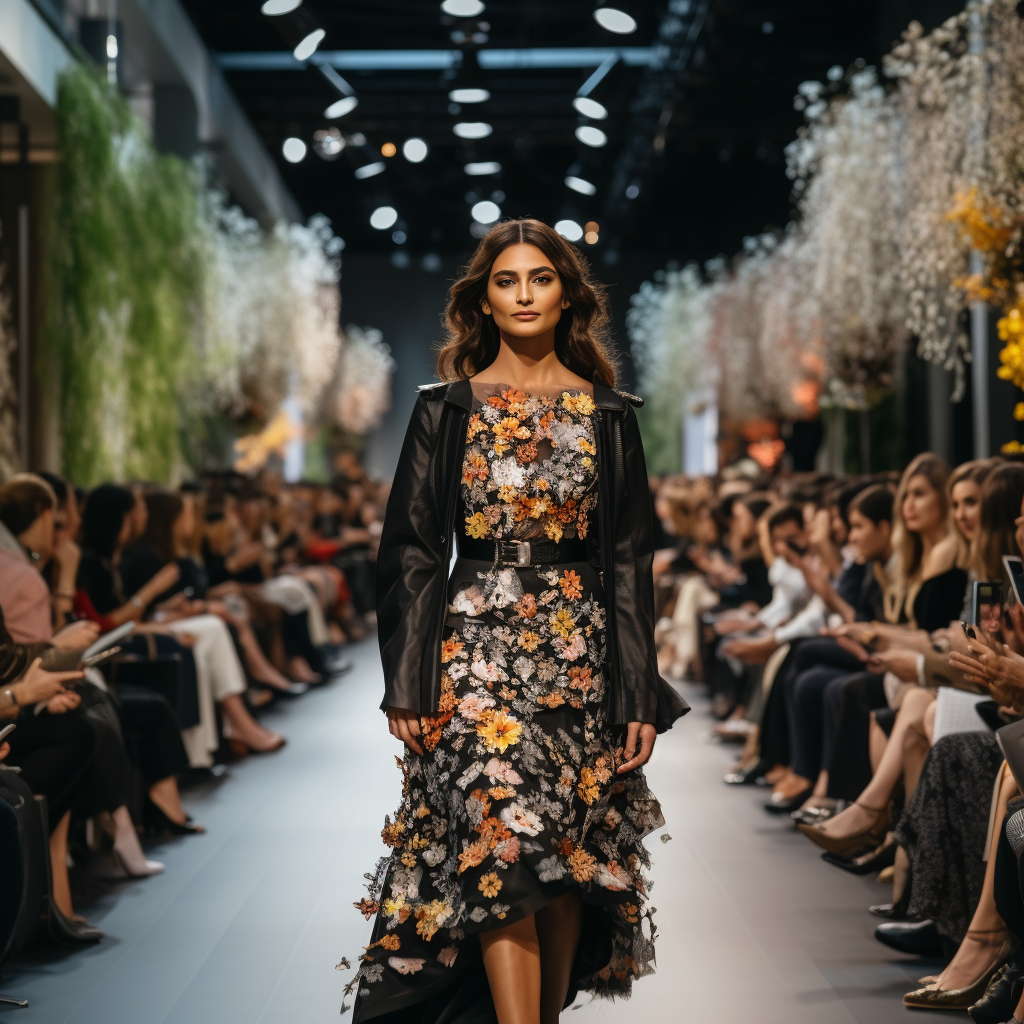
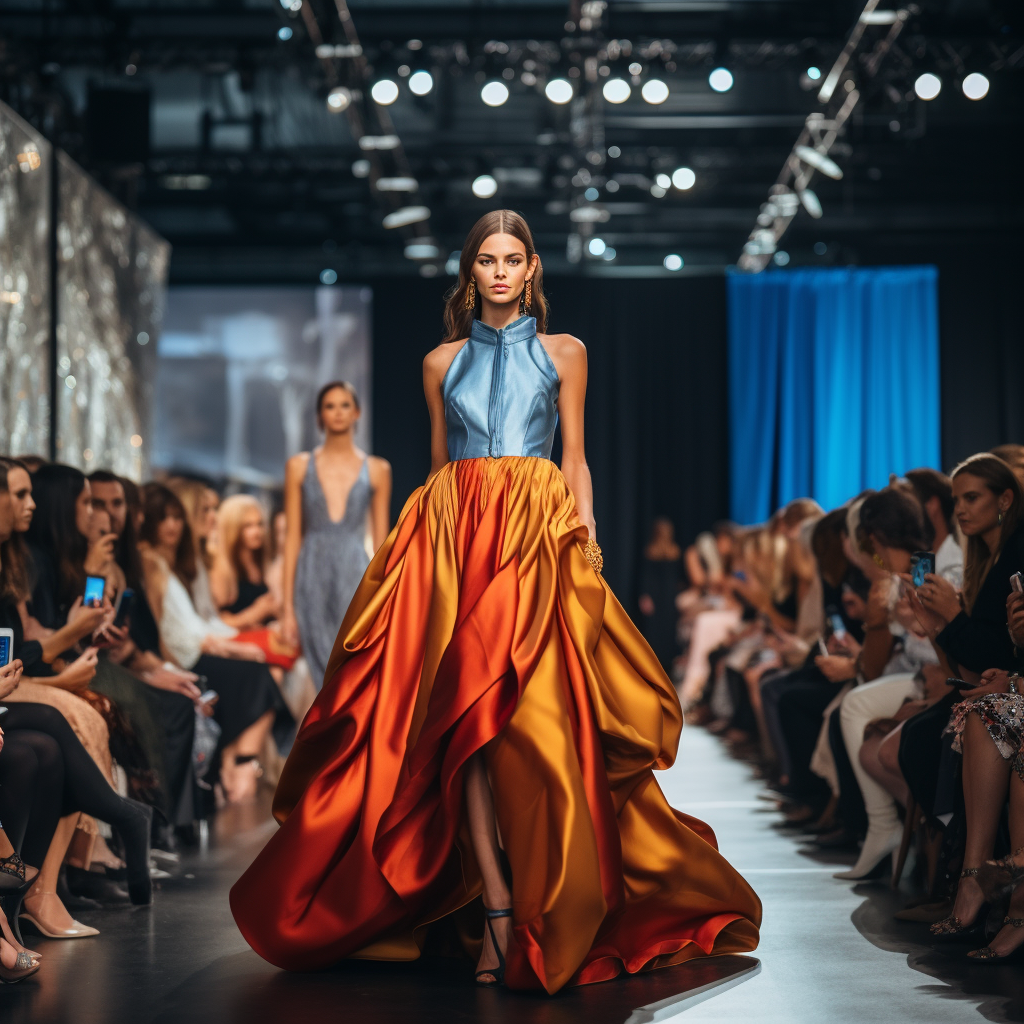




-500x500.jpg)
-500x500.jpg)
-500x500.jpg)
-500x500.jpg)
-500x500.jpg)